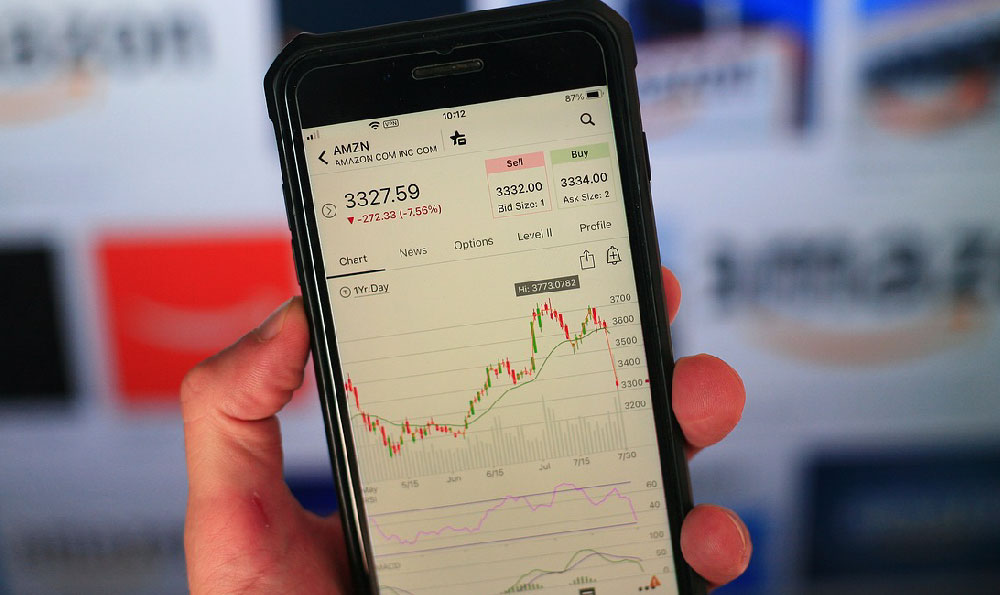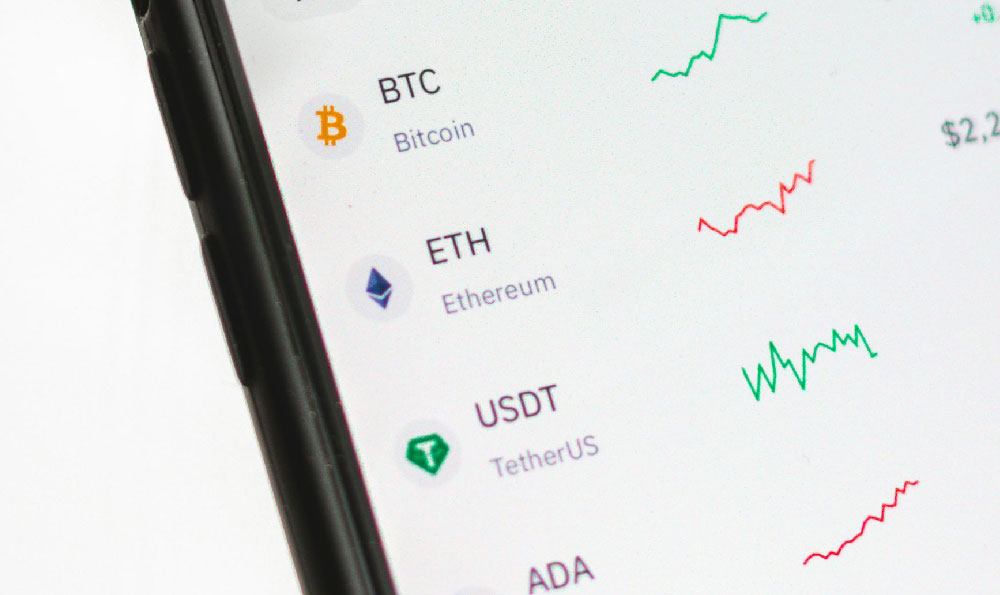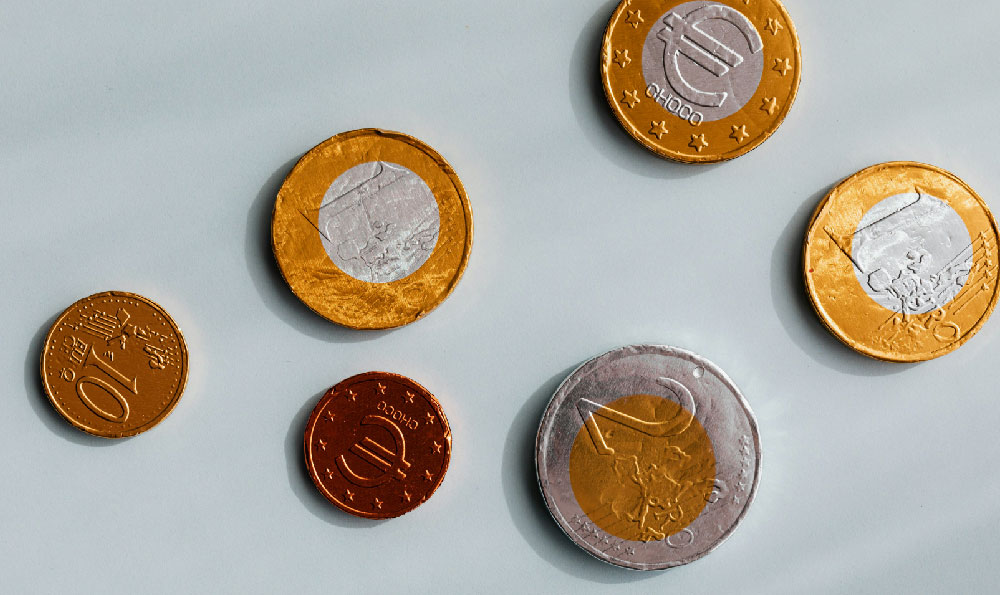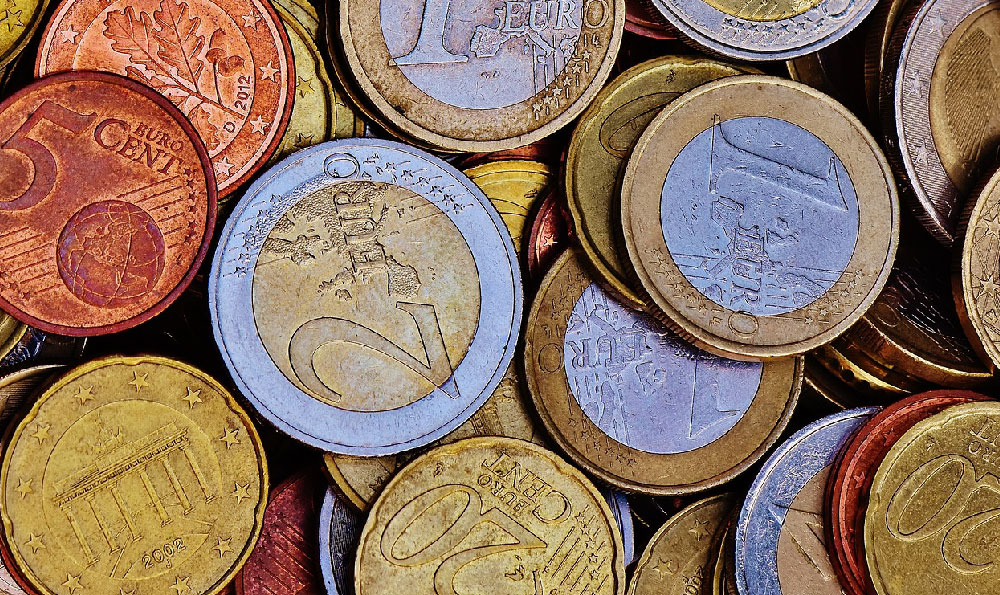Minecraft, the sandbox video game that allows players to build with a variety of different blocks in a 3D world, isn't just a cultural phenomenon; it's a financial juggernaut. Pinpointing the exact earnings of Minecraft is a complex undertaking due to varying revenue streams and Microsoft's acquisition of Mojang, the original developers. However, we can piece together a compelling picture of the game's staggering revenue based on available data and industry analysis.
To understand Minecraft's financial success, we need to consider the multiple ways it generates revenue. The most obvious is the direct sale of the game itself. Minecraft is available on virtually every platform imaginable: PC, Mac, Linux, Xbox, PlayStation, Nintendo Switch, iOS, Android, and even legacy consoles. Each purchase of the game, regardless of platform, contributes to the overall revenue stream. Over the years, Minecraft has consistently ranked among the best-selling video games of all time. Surpassing 300 million copies sold worldwide in 2023, it firmly holds the title of the best-selling video game ever, exceeding even the enduring popularity of Grand Theft Auto V. Given the varying prices across different platforms, estimating the total revenue from game sales alone is challenging, but based on an average price point and the sheer volume of sales, it’s safe to say that Minecraft has generated billions of dollars from this source alone.
Beyond direct sales, the Minecraft Marketplace represents another significant revenue stream. This platform, integrated into the Bedrock Edition of the game (available on consoles, mobile, and Windows 10/11), allows players to purchase community-created content. These content packs include skins, texture packs, world templates, and mini-games. Mojang takes a cut of each sale made on the Marketplace, providing a steady stream of income. This system empowers independent creators and provides players with a constant influx of new and exciting content, further extending the game's lifespan and revenue potential. The marketplace operates on a virtual currency system ("Minecoins"), further streamlining transactions and encouraging repeat purchases. This ecosystem is a win-win for Mojang, content creators, and players alike, fostering a vibrant and engaged community.
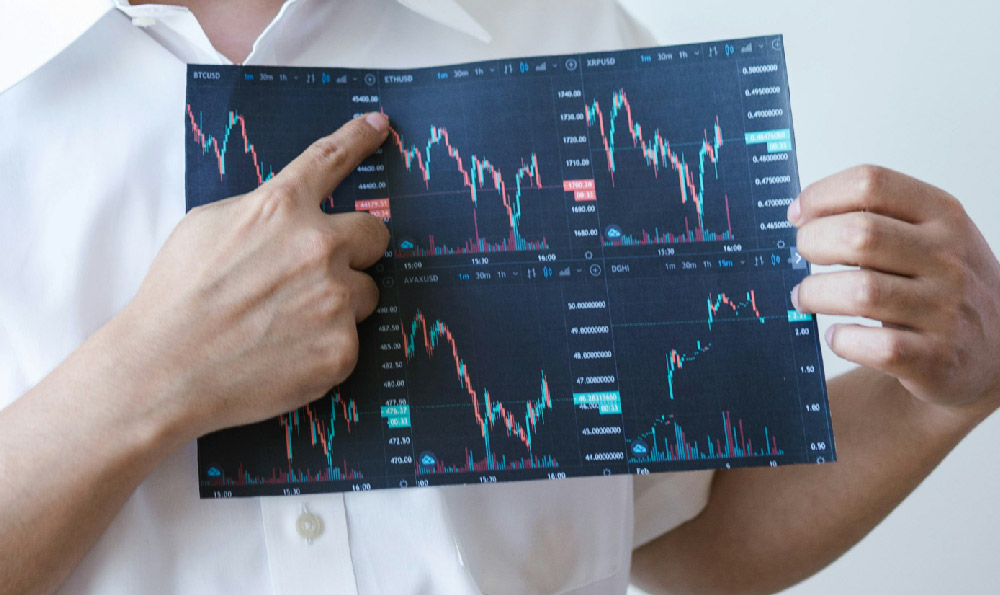
Furthermore, Minecraft subscriptions, such as Minecraft Realms, contribute substantially to the game's recurring revenue. Realms allow players to create and maintain private, always-online multiplayer servers for themselves and their friends. These subscriptions provide a hassle-free way to enjoy the game with a small group, without the technical complexities of hosting a server independently. Given the popularity of multiplayer gaming and the ease of use that Realms offers, it's a significant source of ongoing income for Microsoft. The allure of a persistent, private world that can be accessed anytime, anywhere, proves to be a strong selling point for many players.
The revenue from licensing and merchandise should also not be overlooked. Minecraft's iconic pixelated aesthetic and recognizable characters have made it a popular brand for a wide range of merchandise, including clothing, toys, books, and even LEGO sets. Licensing agreements with various manufacturers generate royalties for Microsoft, adding another layer to the game's financial success. The widespread appeal of Minecraft to both children and adults makes it a lucrative brand for merchandise, further solidifying its position in the entertainment industry.
Microsoft acquired Mojang, the creators of Minecraft, for $2.5 billion in 2014. While the specific details of the game's financial performance are not always publicly disclosed, it’s widely acknowledged that Minecraft has been an incredibly successful acquisition for Microsoft. Experts suggest that the game recouped the initial investment within a few years of the acquisition. The sustained popularity of Minecraft, coupled with the diverse revenue streams mentioned above, makes it a key asset in Microsoft's gaming portfolio.
Estimating Minecraft's total revenue is a complex task because Microsoft, as a publicly traded company, does not typically break down revenue figures for individual games. However, considering the factors outlined above – direct game sales exceeding 300 million copies, the thriving Minecraft Marketplace, the recurring revenue from Minecraft Realms, and the licensing and merchandising deals – it is reasonable to conclude that Minecraft has generated tens of billions of dollars in revenue since its initial release in 2009. Some analysts have estimated that Minecraft brings in over a billion dollars annually for Microsoft, solidifying its place as one of the most financially successful video games of all time.
It is important to note that revenue and profit are not the same thing. While Minecraft generates significant revenue, there are also costs associated with development, maintenance, marketing, and distribution. These costs must be factored in to determine the game's profitability. However, given the immense scale of Minecraft's success, it's highly likely that the game is extremely profitable for Microsoft.
In conclusion, while pinpointing the exact figure is difficult, the evidence points to Minecraft being an unprecedented financial success story. Its diverse revenue streams, combined with its enduring popularity and widespread appeal, have made it one of the most lucrative entertainment properties in history. The game's ability to constantly reinvent itself through updates, community content, and new platforms ensures its continued relevance and financial success for years to come. From its humble beginnings as an indie project to its current status as a global phenomenon, Minecraft's financial journey is a testament to the power of creativity, innovation, and a dedicated community. The combination of these factors has allowed Minecraft to not only capture the hearts of millions of players worldwide, but also to generate an astounding amount of revenue.



